William Chua (Singapore)
FUJIFILM X-T3|50mm|F5.6|1/1000|ISO800
XF50-140mmF2.8 R LM OIS WR

Jacek Bonecki (Poland)
X-T10|140mm|F8|1/500|ISO200
XF50-140mmF2.8 R LM OIS WR

Luca Bracali (Italy)
X-T1|130mm|F10|1/180|ISO640
XF50-140mmF2.8 R LM OIS WR
Jens Burger (Germany)
X-E3|106mm|F5|1/250|ISO250
XF50-140mmF2.8 R LM OIS WR
23 elements shape the light
Designed for clarity and strong contrast, this lens captures every detail in each scene. The Nano GI (Gradient Index) coating reduces ghosting and lens flair when shooting into strong light. The use of six ED lens elements including one Super ED (extra-low dispersion) lens minimises chromatic aberration to achieve a high level of image resolving power. The lens configuration and coating, has been applied to deliver clarity, free of dullness or haziness, allowing the photographer to capture what their eyes see.

As quick as you
This is neither a long-distance runner or a sprinter. The lens makes a dash from the minimum shooting distance to infinity, and back again repeatedly. There are three requirements. It must be fast, quiet and maintain balance across its zooming range and at any shooting distance, so as not to have any impact on your grip holding the lens. The balanced form eliminates camera shake for high-speed shooting.

Triple Linear Motor
Silent, Fast, and Accurate AF
Time to take control
The lens has five-stop image stabilisation inside, and can deliver up to six-stops*1 when mounted on a camera with in-body image stabilisation. At the longest end of the zoom, 140mm, the slowest shutter speed when hand-holding should be 1/125 sec to avoid camera shake. The OIS allows you to use a shutter speed of 1/4 sec! Concentrate on your subject and have the creative freedom to choose a wider range of shutter speeds. You can also benefit in low light, as you don't have to increase ISO sensitivity or rely on a tripod.

5.0 stop
image stabilization function
Stay mobile
Large-diameter zooms are typically very heavy, limiting where you can use the lens and what pictures you can take, however this lens weighs less than 1kg. After a day of shooting with the lens, when you head home and realise that there is no strain on your shoulders or arms, that is the moment you appreciate its true value.

Ready for the elements
Any professional lens needs to overcome all shooting conditions, especially adverse weather. The dust- and moisture-resistant construction of the lens allows you to immerse yourself in shooting, even during rain or sandy environments.*2

Dust- and Moisture- resistant

Accessories that extends its reach
Compatible with the 1.4x and 2.0x Teleconverter
The lens offers compatibility with the 1.4x Teleconverter (XF1.4X TC WR) and 2.0x Teleconverter (XF2X TC WR).
-
With XF1.4X TC WR
70mm-196mmF4 (equivalent to 107mm-299mm in the 35mm format)
-
With XF2X TC WR
100mm-280mmF5.6 (equivalent to 152mm-427mm in the 35mm format)
Luca Bracali (Italy)
X-T1|196mm|F4|1/1000|ISO1600
XF50-140mmF2.8 R LM OIS WR
XF1.4X TC WR
- *1 When combined with the FUJIFILM X-T4
- *2 Needs to be combined with a weather resistant camera body.
-
Model name
FUJINON XF50-140mmF2.8 R LM OIS WR
-
Brochure

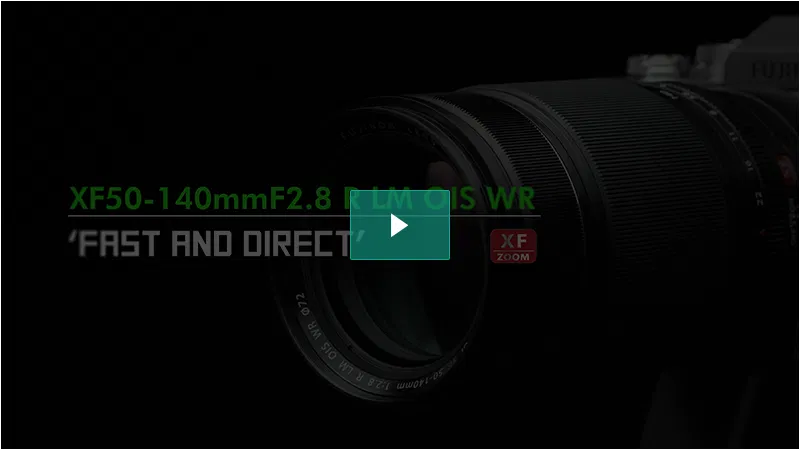



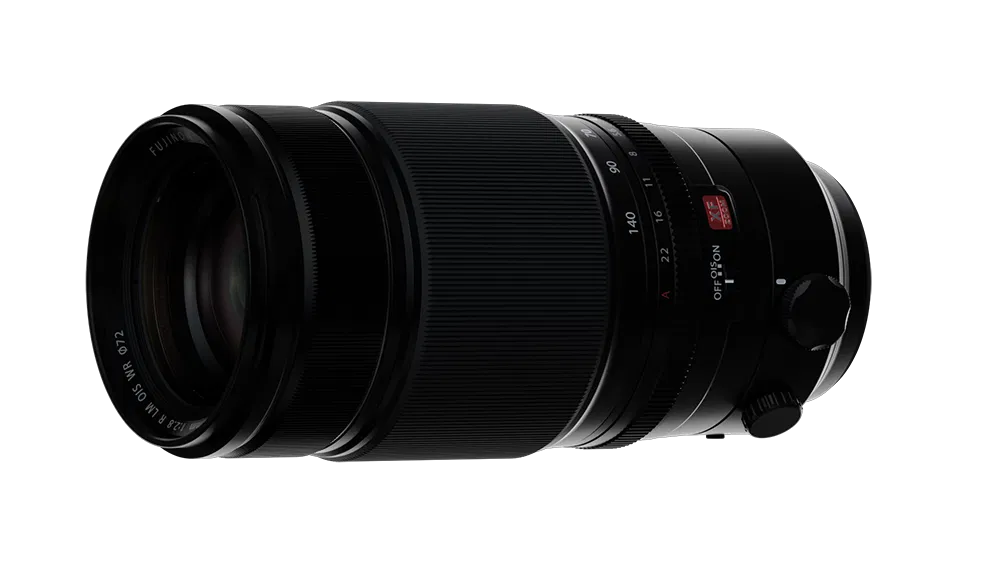
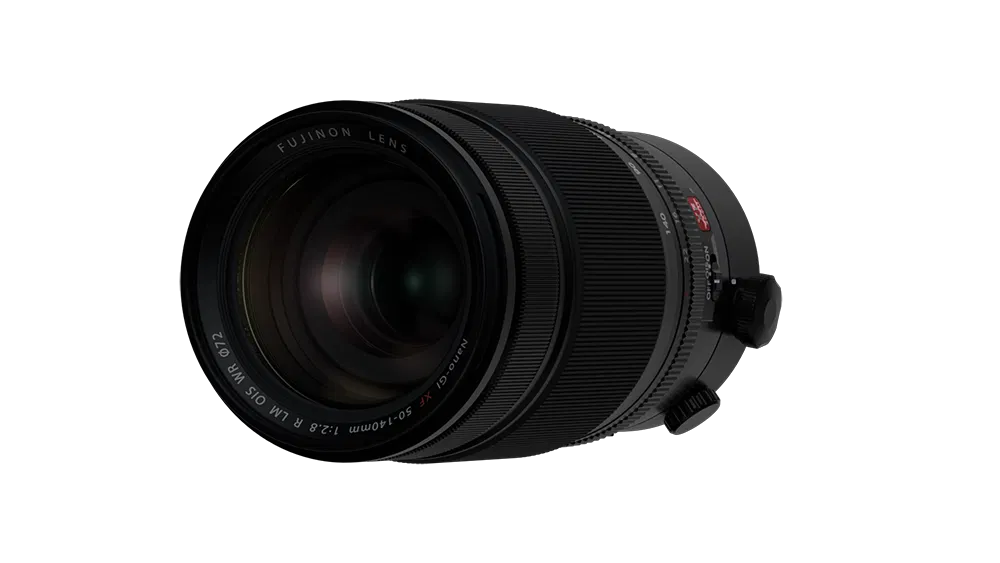
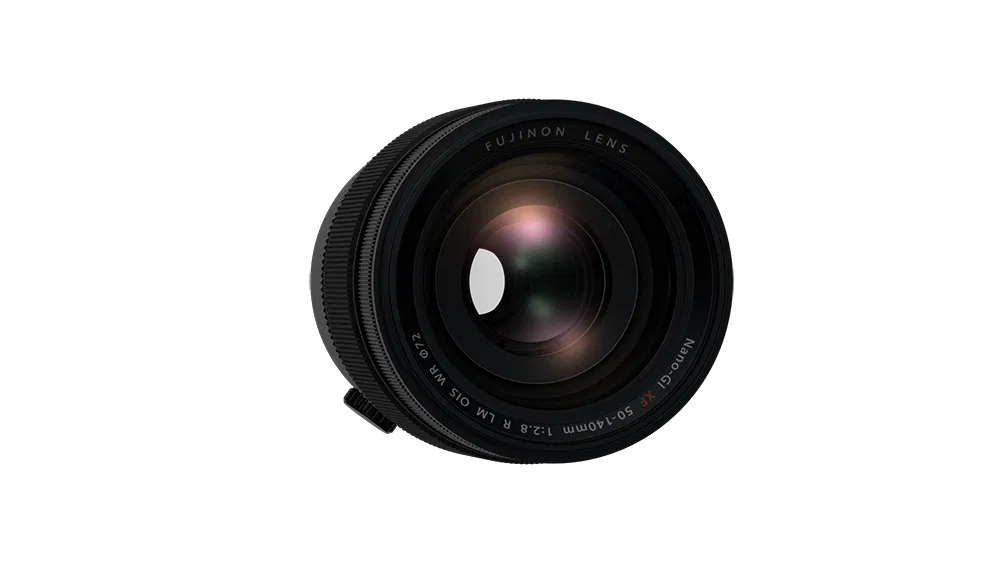
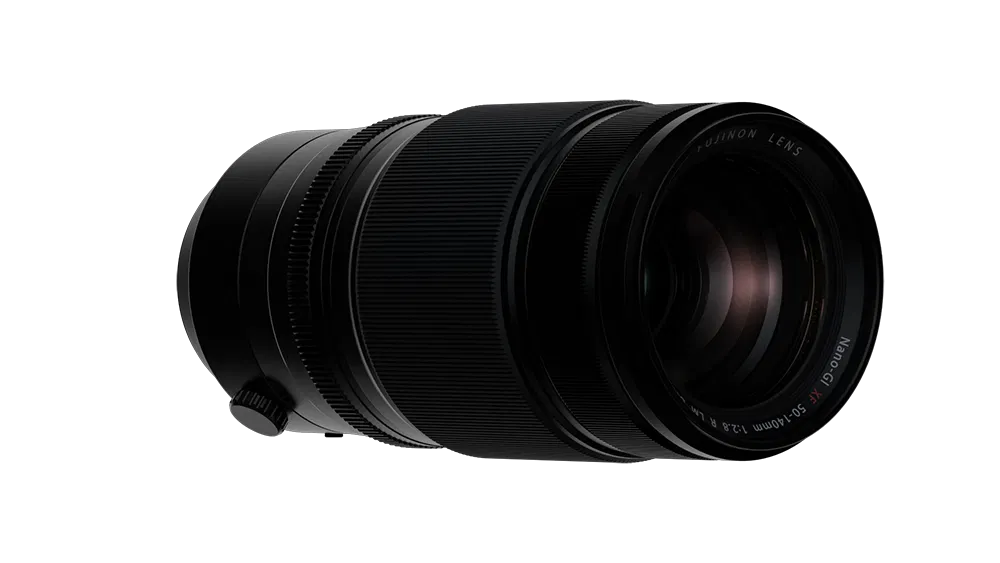



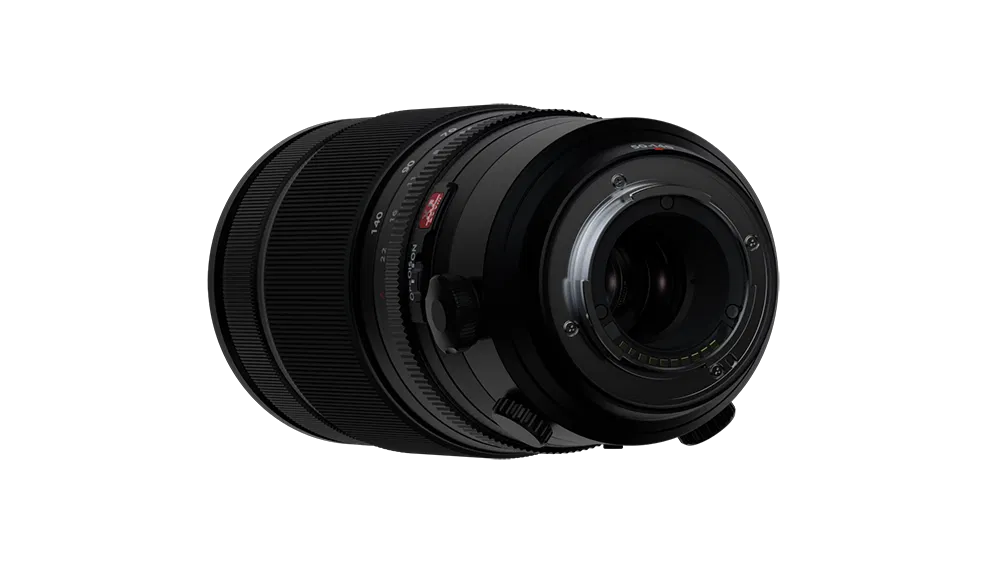
























































Photographer's voice
It allows me to do 90% of my work.
If I had to pick one lens to carry on a trip, I will always pick the 50-140mm. It allows me to do 90% of my work. It’s perfect for in and out of the water: for portraits, action, landscapes. A general lens that does a great job.
Russell Ord
Australia
It is stunning.
50-140mm is one of the most versatile lenses that I have ever tried in my life. What I like most is its “sharpness”. I usually shoot in both jpeg and RAW, but the jpeg set in “FINE” quality is absolutely impressive. It is stunning.
Luca Bracali
Italy
It's a zoom, but works like a prime.
I usually shoot with a fully-open, 2.8 aperture, and not all lenses can perform so well. It’s a zoom, but it works just as perfectly as a prime lens. For me, a sports photographer working in difficult weather conditions with lots of dust and high humidity, using one lens instead of frequently changing a number of lenses, means better care of the camera, and preventing the sensor from getting dirty.
Jacek Bonecki
Poland